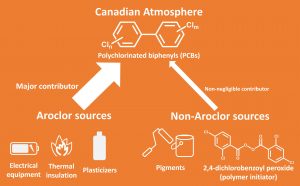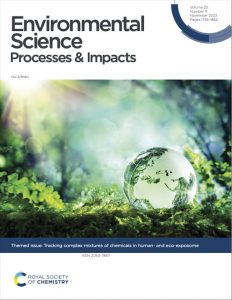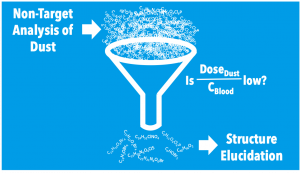May 11, 2024
Last summer Michael and Frank commented on a draft by ECHA to nominate the cyclic volatile methylsiloxanes as POPs under the Stockholm Convention. They just published an opinion piece advocating for more input by independent scientists in the decision making process surrounding chemical regulation.



